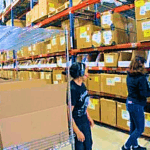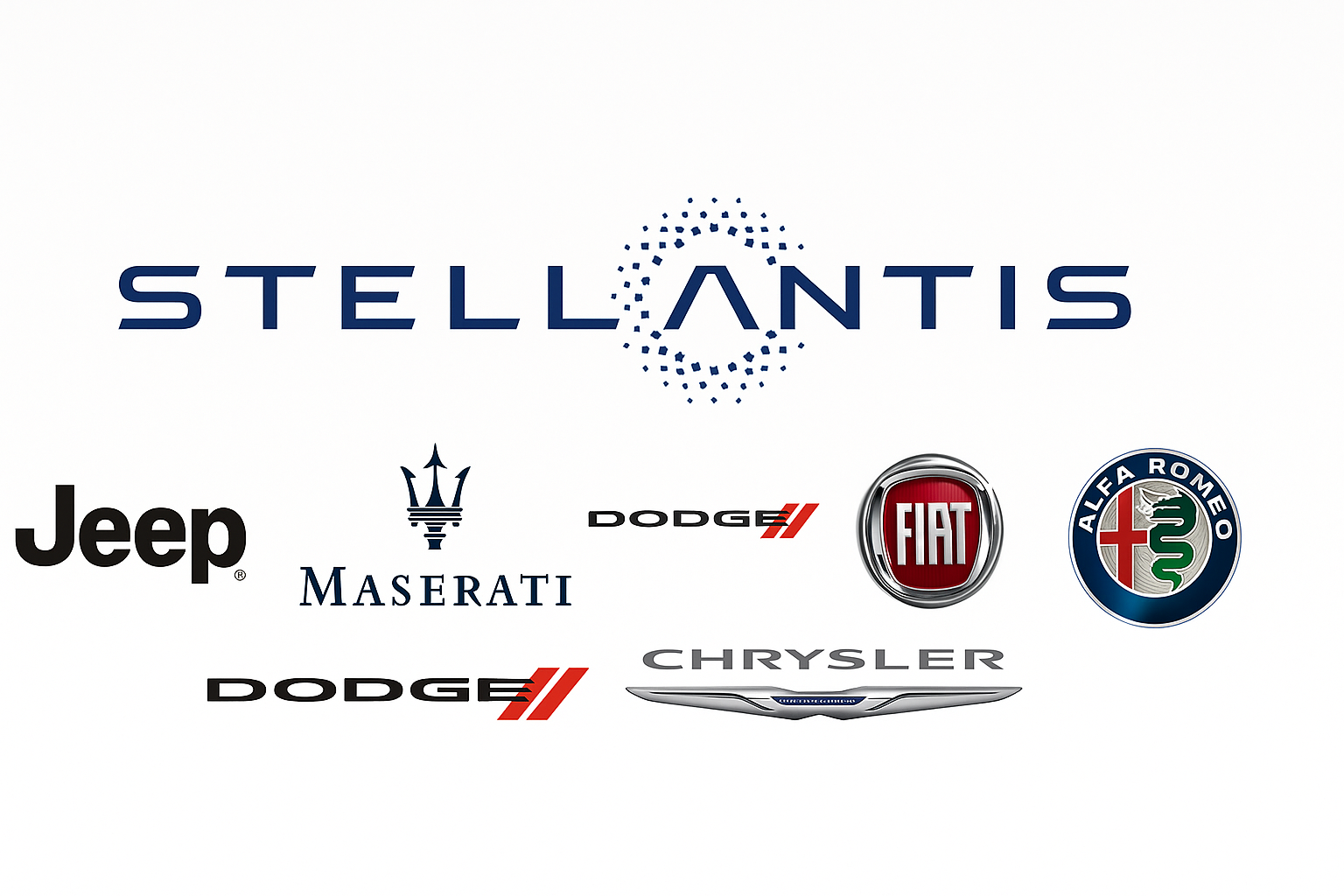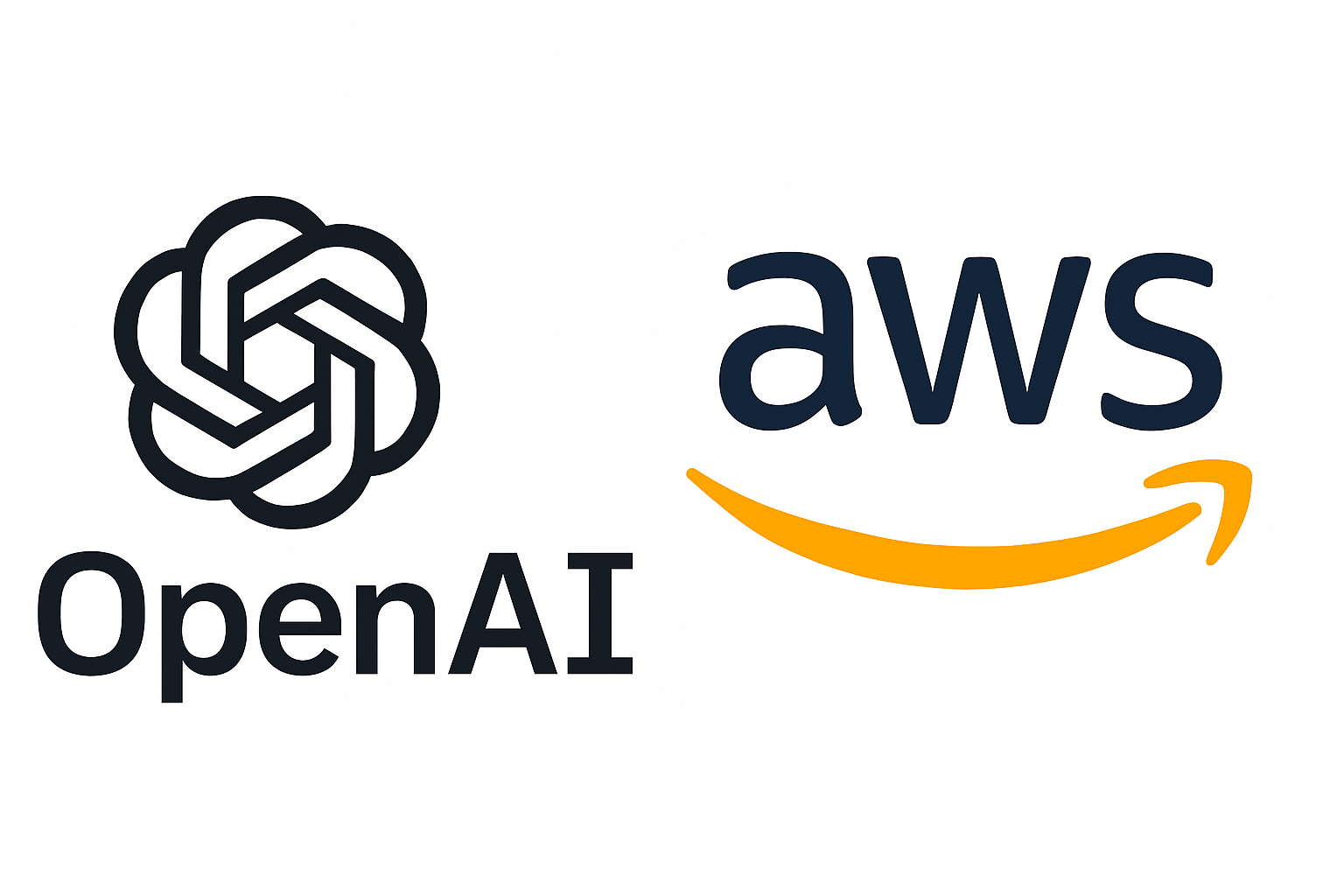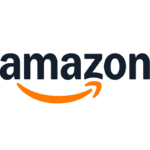Non classé
High Impact Ways to Optimize Your Shipping Operations: Empower Your Team, Exceed Expectations, and Transform Challenges into Opportunities
Published
5 jours agoon
By

Shipping costs are climbing faster than ever, and they’re hitting profit margins hard. According to a 2024 report by Statista, the global shipping and logistics market has surpassed $11 trillion, with transportation costs making up more than half of total logistics expenses. For U.S. companies, that means every mile, inch, and ounce matters more than ever.
Freight and parcel carriers such as FedEx, UPS, and USPS have adopted dimensional weight (DIM) pricing, meaning you’re charged not just for what a package weighs, but for how much space it takes up. Add fuel surcharges, residential delivery fees, and penalties for oversized packaging, and even small inefficiencies can turn into major budget drains.
The good news? Smart, software-driven optimization tools can dramatically reduce shipping costs without slowing fulfillment speed or sacrificing customer satisfaction. By leveraging data, automation, and integration between warehouse systems, companies can streamline how they pack, plan, and ship orders.
Here are some high-impact ways to optimize your shipping operations and achieve measurable savings.
Pack Smarter with Cartonization Engines
One of the most effective tools for cutting shipping spend is cartonization, to put it simply, the process of determining the best way to pack items into shipping cartons. A cartonization engine uses algorithms to analyze order contents and select the most space-efficient box configuration.
Instead of relying on manual decisions at the packing station, the system calculates how items fit together based on dimensions, weight, stacking rules, and even product fragility. It can simulate literally millions of potential packing combinations in seconds to find the best fit.
For example, an e-commerce apparel retailer might ship orders ranging from a single T-shirt to a mix of shoes, jackets, and accessories. Without cartonization, packers often choose oversized boxes “just to be safe,” resulting in wasted space and higher DIM charges. By using a cartonization engine, the system automatically selects the smallest suitable box while maintaining product protection.
The results speak for themselves. Cartonization can reduce freight costs by 10% to 25%, depending on order complexity and shipping zones. Beyond cost savings, it also improves cube utilization, making sure every cubic inch of trailer space is used efficiently, which is especially critical for high-volume shippers or third-party logistics providers (3PLs).
Eliminate the Cost of “Shipping Air”
Every half-empty box your warehouse sends out is wasted money. When multiplied across hundreds or thousands of daily shipments, the cost of shipping air adds up shockingly fast.
Modern shipping optimization software can prevent this by evaluating product dimensions, fragility, and compatibility to eliminate unnecessary voids, while still ensuring items are well protected. These systems can even recommend alternate packing materials or configurations to minimize filler use.
For instance, a parts distributor might discover through analytics that they’re using filler in 40% of their shipments simply because their packers don’t have smaller boxes available at the workstation. After integrating cartonization with their warehouse software, they reduce filler use by 30% and fit 15% more packages per truckload.
Better space utilization doesn’t just lower costs; it also reduces your carbon footprint. Overpacking and excessive filler materials (bubble wrap, foam, paper) contribute to unnecessary waste and higher emissions. More and more American consumers (and B2B customers) expect sustainability-minded practices from the companies they buy from. Optimizing packaging is a visible, measurable way to demonstrate environmental responsibility while improving efficiency.
According to the Environmental Protection Agency (EPA), packaging waste accounts for nearly 30% of all U.S. municipal solid waste. Eliminating empty space in shipments is one of the most practical ways companies can both save money and support sustainability goals. Amazon’s flexible packaging system, for example, uses machine learning and automation to create paper-based containers that are custom-sized to each order. By tailoring the package to the exact dimensions of the items, Amazon reduces excess material, minimizes shipping air, and lowers transportation costs and environmental impact.
Standardize Carton Sizes with Software Support
At first glance, standardizing carton sizes may sound counterintuitive. After all, doesn’t flexibility mean more options? But when paired with the right software, having a standardized set of box sizes actually improves efficiency across the board.
Warehouse and Transportation Management Systems (WMS and TMS) can analyze historical order data and SKU dimensions to identify the optimal set of box sizes for your specific operation. Instead of stocking dozens of different carton options, you might narrow it down to six or eight sizes that accommodate 95% of your orders.
With fewer box types, packers make faster, more consistent decisions. Training new employees becomes easier, pallet stacking becomes more predictable, and trailer loading improves due to more uniform carton dimensions.
According to the Packaging Machinery Manufacturers Institute (PMMI), using software to standardize and automate box selection can cut packaging costs by 12% to 18%.
The benefits don’t stop there. When cartonization is integrated with your WMS or Warehouse Execution System (WES), it enables optimization far earlier in the fulfillment process—before picking even begins.
Here’s what that looks like in practice:
Optimized pick paths – Knowing carton sizes ahead of time allows for smarter order grouping and sequencing.
Improved labor efficiency – Workers pick directly into the correct carton, eliminating re-packing.
Lower shipping costs – Pre-optimized boxes avoid DIM surcharges and minimize oversized packaging.
Tighter trailer loading – Accurate carton sizing leads to denser, more efficient shipments.
Making It Work: Integrating Cartonization with Your WMS or WES
As e-commerce and omnichannel fulfillment accelerate, distribution centers are under constant pressure to fulfill faster and cheaper. To meet these demands, leading operations are moving cartonization decisions upstream—into the wave planning stage.
Traditionally, packaging decisions were made late in the process, often at the packing station. By that point, it’s too late to influence earlier stages such as picking, slotting, or trailer planning. When cartonization is integrated with your WMS or WES, the system can use order data to pre-plan the most efficient cartons, routes, and labor assignments.
This shift represents more than just a technical improvement; it can be a strategic transformation. A wholesale distributor in the Northeast United States, implemented cartonization alongside a dynamic work optimization solution and their WMS. The result: optimized packing and shipping, with a 16% reduction in shipping costs; reduced worker travel time, and more than 20% productivity gains.
For many U.S. distribution centers, whether shipping retail goods, industrial parts, or e-commerce orders, the key takeaway is clear. Cartonization pays for itself. By cutting wasted space, standardizing packaging, and optimizing workflows, companies can save money, improve sustainability, and enhance customer satisfaction, all while maintaining or even improving fulfillment speed.
As shipping costs continue to rise and customer expectations grow, integrating cartonization and packing optimization tools is no longer a “nice-to-have.” It’s a core component of smart, resilient logistics operations in 2025 and beyond.
By Evan Danis, Corporate Marketing Manager, Lucas Systems
Since March 2022, Evan has led Lucas Systems’ strategic marketing initiatives, overseeing the development of targeted advertising and high-value content for Lucas System. Evan’s responsibilities include driving brand positioning, thought leadership, and customer engagement across digital and physical channels.
The post High Impact Ways to Optimize Your Shipping Operations: Empower Your Team, Exceed Expectations, and Transform Challenges into Opportunities appeared first on Logistics Viewpoints.
You may like
Non classé
Join us for Tomorrow’s Webinar: Building a Sustainable Supply Chain: Turning Commitments into Competitive Advantage
Published
12 heures agoon
3 novembre 2025By

Sustainability has moved beyond corporate responsibility. Today, it’s a core element of supply chain performance and brand value. Organizations across every sector are rethinking how materials are sourced, products are moved, and data is managed to reduce emissions, improve efficiency, and strengthen resilience.
Join us for an in-depth Logistics Viewpoints webinar on Sustainability in the Supply Chain, where industry leaders will share how they are embedding environmental and social responsibility into the fabric of their operations. This session will explore practical steps for achieving measurable progress — not just pledges — in areas such as supplier engagement, energy management, and circular logistics.
Key topics include:
Proven frameworks for integrating sustainability into procurement and manufacturing
Tools and metrics for tracking emissions and improving data visibility
How transparency and collaboration can reduce risk and enhance competitiveness
Lessons learned from companies leading the charge toward carbon-smart logistics
Our expert panel will focus on real-world case studies and actionable takeaways, giving attendees insights they can immediately apply to strengthen their sustainability programs.
Whether your organization is just beginning its journey or refining an established strategy, this webinar offers a roadmap to align sustainability goals with measurable business outcomes.
Register now to join us live and learn how forward-thinking companies are transforming sustainability from a compliance obligation into a competitive advantage.
The post Join us for Tomorrow’s Webinar: Building a Sustainable Supply Chain: Turning Commitments into Competitive Advantage appeared first on Logistics Viewpoints.
Non classé
Stellantis: $13 Billion, 5,000 Jobs, and a New U.S. Manufacturing Strategy, Reshaping the North American Supply Chain
Published
12 heures agoon
3 novembre 2025By

AUBURN HILLS, MI. Stellantis announced plans to invest $13 billion over the next four years to expand its U.S. manufacturing footprint. The initiative will add more than 5,000 jobs across Illinois, Ohio, Michigan, and Indiana and increase U.S. vehicle production by about 50 percent.
The investment will fund five new vehicle programs, 19 product refreshes, and a new four-cylinder engine program. It is the company’s largest single U.S. investment and signals a long-term commitment to both internal combustion and electrified vehicle platforms.
“This investment in the U.S. will drive our growth, strengthen our manufacturing footprint, and bring more American jobs to the states we call home,” said Antonio Filosa, Stellantis CEO and North America COO. “As we begin our next 100 years, we are putting the customer at the center of our strategy, expanding our vehicle offerings, and giving them the freedom to choose the products they want and love.”
“Accelerating growth in the U.S. has been a top priority since my first day,” Filosa added. “Success in America is not just good for Stellantis in the U.S. It makes us stronger everywhere.”
State-by-State Overview
Illinois: Belvidere Plant Reopening
Stellantis will invest $600 million to reopen the Belvidere Assembly Plant for production of two Jeep models, the Cherokee and Compass, beginning in 2027. The project is expected to create 3,300 jobs.
Ohio: New Midsize Truck Production
About $400 million will fund production of an all-new midsize truck at the Toledo Assembly Complex, joining the Jeep Wrangler and Gladiator lines. The move will add about 900 positions when production begins in 2028. Additional upgrades are planned across Toledo operations to support ongoing Jeep production.
Michigan: Large SUV and Dodge Durango Successor
At the Warren Truck Assembly Plant, Stellantis will invest $100 million to produce a new large SUV available in both range-extended EV and combustion formats. The launch, expected in 2028, will add 900 jobs. Another $130 million will prepare the Detroit Assembly Complex, Jefferson, for the next-generation Dodge Durango, slated for production in 2029.
Indiana: New Engine Program
In Kokomo, Stellantis will invest more than $100 million to build the new GMET4 EVO four-cylinder engine. Production is set to begin in 2026 and will add about 100 jobs.
Supply Chain and Logistics Considerations
The Stellantis plan reflects a larger trend toward regionalized manufacturing and shorter supply chains. By expanding production in the Midwest, Stellantis is reducing exposure to overseas logistics risks and shipping delays that have challenged the industry in recent years.
Reopening Belvidere and expanding operations in Toledo and Kokomo will strengthen domestic supplier ecosystems for components such as engines, drivetrains, and electronics. Adding dual powertrain lines, both EV and ICE, will require parallel material streams and more sophisticated synchronization between inbound logistics, supplier planning, and workforce scheduling.
At the same time, expansion across multiple states increases the complexity of coordination and sourcing. Tier-1 suppliers will need to adjust production capacity, labor allocation, and transportation networks to align with Stellantis’ new programs. Global lead times for critical components such as semiconductors, battery modules, and sensors remain unpredictable, requiring early-stage visibility and contingency planning.
For the broader supply chain, the challenge lies in maintaining steady component availability while scaling new vehicle lines and managing cost pressures tied to both traditional and electrified platforms.
Outlook
Stellantis operates 34 U.S. facilities across 14 states and employs more than 48,000 people. This new investment deepens that footprint and aligns with an operational goal of building greater resilience and control within the domestic production network.
For supply chain leaders, Stellantis’ move highlights the continued shift toward regional production, flexible sourcing strategies, and closer collaboration between OEMs and their supplier networks. The focus now is not just on capacity but on stability, adaptability, and execution across interconnected plants and partner
The post Stellantis: $13 Billion, 5,000 Jobs, and a New U.S. Manufacturing Strategy, Reshaping the North American Supply Chain appeared first on Logistics Viewpoints.
Non classé
OpenAI and AWS Forge $38B Alliance, Microsoft Exclusivity Ends, New Multi-Cloud AI Compute Era Begins
Published
13 heures agoon
3 novembre 2025By

OpenAI has entered into a multi-year, $38 billion agreement with Amazon Web Services, formally ending its exclusive reliance on Microsoft Azure for cloud infrastructure. The deal, announced today, represents a fundamental realignment in the cloud compute ecosystem supporting advanced AI workloads.
Under the agreement, OpenAI will immediately begin running large-scale training and inference operations on AWS, gaining access to hundreds of thousands of NVIDIA GPUs hosted on Amazon EC2 UltraServers, along with the ability to scale across tens of millions of CPUs over the next several years.
“Scaling frontier AI requires massive, reliable compute,” said Sam Altman, OpenAI’s CEO. “Our partnership with AWS strengthens the broad compute ecosystem that will power this next era.”
A Structural Shift Toward Multi-Cloud AI
This marks the first formal infrastructure partnership between OpenAI and AWS. Since 2019, Microsoft has provided the primary compute backbone for OpenAI, anchored by a $13 billion investment and multi-year Azure commitment. That exclusivity expired earlier this year, opening the door to a multi-provider model.
AWS now becomes OpenAI’s largest secondary partner, joining smaller agreements already in place with Google Cloud and Oracle, and positioning itself as a co-equal pillar in OpenAI’s global compute strategy.
“AWS brings both scale and maturity to AI infrastructure,” noted Matt Garman, AWS CEO. “This agreement demonstrates why AWS is uniquely positioned to support OpenAI’s demanding AI workloads.”
Infrastructure Scope and Deployment
The deployment will include clusters of NVIDIA GB200 and GB300 GPUs linked through UltraServer nodes engineered for low-latency, high-bandwidth interconnects. The architecture supports both model training and large-scale inference, applications such as ChatGPT, Codex, and next-generation multimodal systems.
AWS has already begun allocating capacity, with full deployment expected by late 2026. The framework also includes options for expansion into 2027 and beyond, giving OpenAI flexibility as model complexity and usage continue to grow.
Continued Microsoft Collaboration
Despite the AWS deal, OpenAI maintains its strategic and financial relationship with Microsoft, including a separate $250 billion incremental commitment to Azure. The move reflects a deliberate multi-cloud posture, a strategy increasingly favored by large-scale AI developers seeking to balance cost, access to specialized chips, and platform resiliency.
Implications for Supply Chain and Infrastructure Leaders
This announcement underscores several macro-trends relevant to logistics and industrial technology executives:
AI Infrastructure Is Becoming a Supply Chain of Its Own
Cloud capacity, GPUs, and networking fabric are now constrained global commodities. Long-term compute contracts mirror procurement models traditionally seen in manufacturing or energy, locking in scarce resources ahead of demand.
Multi-Cloud Neutrality Reduces Vendor Lock-In
The shift toward multiple cloud providers parallels how diversified sourcing reduces single-supplier risk. Expect enterprise buyers to apply similar logic when procuring AI infrastructure and software services.
Operational AI at Scale Requires Cross-Vendor Interoperability
As companies like OpenAI distribute workloads across ecosystems, interoperability standards, ranging from APIs to data-plane orchestration, will become critical for continuity, performance, and governance.
CapEx Discipline Returns to the Forefront
With multi-year AI compute deals now exceeding $1.4 trillion in aggregate commitments across the sector, CFOs and CIOs are under pressure to evaluate utilization efficiency and long-term ROI of their AI infrastructure spend.
Broader Market Context
AWS’s win follows similar capacity expansions with Anthropic and Stability AI, but this partnership represents its highest-profile AI infrastructure engagement to date. It also signals that OpenAI intends to maintain independence in its technical roadmap, balancing strategic investors with diversified operational suppliers.
The timing is notable: OpenAI recently restructured its governance model to simplify corporate oversight, a move analysts interpret as preparation for a potential IPO that could value the company near $1 trillion.
AWS stock rose approximately 5 percent following the announcement, reflecting investor confidence in the long-term demand for AI-class compute.
Outlook
For the logistics and manufacturing sectors, the implications extend beyond software. The same GPU-based data centers that train language models are also powering digital twins, simulation models, and optimization engines increasingly embedded in supply chain planning.
As hyperscalers compete for AI workloads, enterprises should expect faster innovation in distributed computing, lower latency connectivity, and new pay-as-you-go models designed for AI-intensive industrial applications.
Summary
The $38 billion OpenAI–AWS partnership marks a decisive end to Microsoft’s exclusivity and a broader normalization of multi-cloud AI ecosystems.
For technology and supply-chain leaders, it serves as a reminder: compute itself has become a strategic resource, one that must now be sourced, diversified, and managed with the same rigor once reserved for physical inventory.
The post OpenAI and AWS Forge $38B Alliance, Microsoft Exclusivity Ends, New Multi-Cloud AI Compute Era Begins appeared first on Logistics Viewpoints.


Join us for Tomorrow’s Webinar: Building a Sustainable Supply Chain: Turning Commitments into Competitive Advantage

Stellantis: $13 Billion, 5,000 Jobs, and a New U.S. Manufacturing Strategy, Reshaping the North American Supply Chain

OpenAI and AWS Forge $38B Alliance, Microsoft Exclusivity Ends, New Multi-Cloud AI Compute Era Begins
Ex-Asia ocean rates climb on GRIs, despite slowing demand – October 22, 2025 Update

Walmart and the New Supply Chain Reality: AI, Automation, and Resilience
Unlocking Digital Efficiency in Logistics – Data Standards and Integration
Trending
- Non classé2 semaines ago
Ex-Asia ocean rates climb on GRIs, despite slowing demand – October 22, 2025 Update
-

 Non classé8 mois ago
Non classé8 mois agoWalmart and the New Supply Chain Reality: AI, Automation, and Resilience
- Non classé12 mois ago
Unlocking Digital Efficiency in Logistics – Data Standards and Integration
-

 Non classé3 mois ago
Non classé3 mois agoSupply Chain and Logistics News August 4th – August 7th 2025
-

 Non classé3 mois ago
Non classé3 mois agoBlue Yonder Acquires Optoro to Revolutionize Returns Management
-

 Non classé7 mois ago
Non classé7 mois agoAmazon and the Shift to AI-Driven Supply Chain Planning
-

 Non classé1 an ago
Non classé1 an agoHow Many Warehouses Does the US Have? Nobody Knows
-

 Non classé5 mois ago
Non classé5 mois agoDifferentiating Home Delivery: The Gen Z Factor
